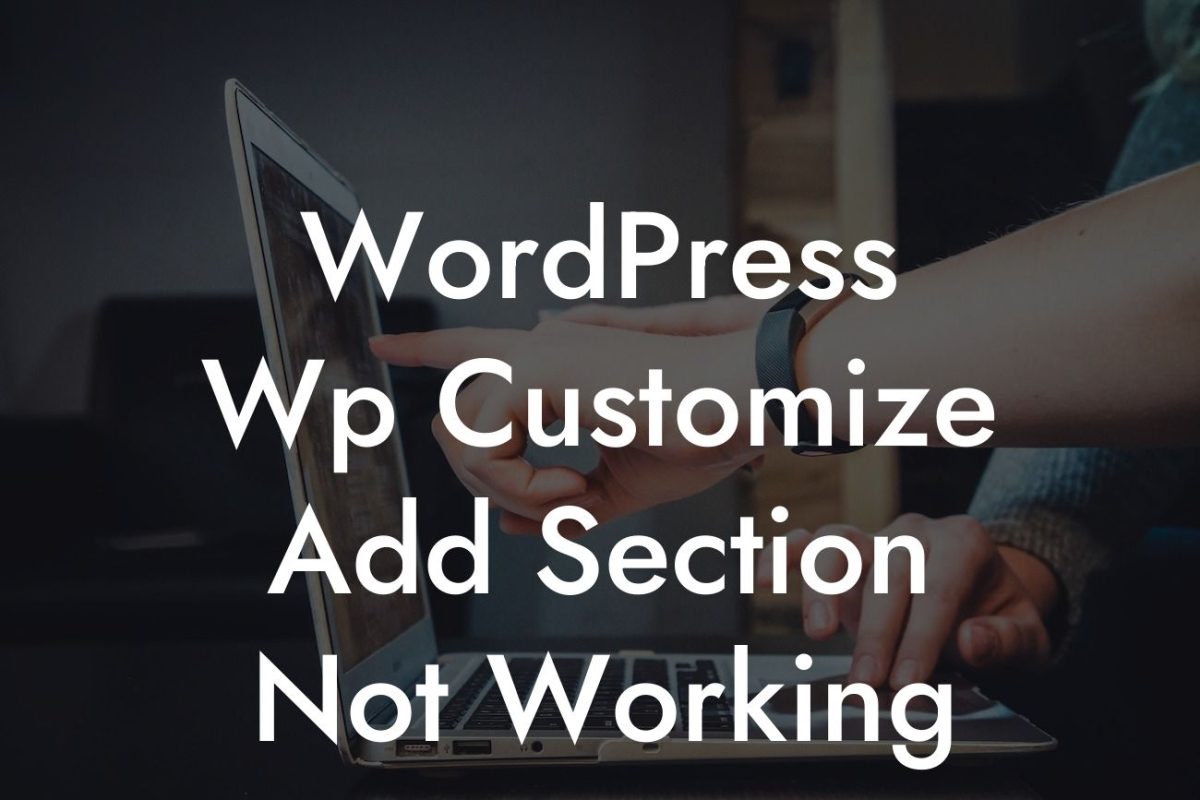Widgets are a fantastic way to personalize and customize your WordPress site. With these handy tools, you can effortlessly add various elements to your website, making it more functional, aesthetically pleasing, and interactive. Whether you're a small business owner or an aspiring entrepreneur, knowing how to add a widget in WordPress can truly elevate your online presence. In this guide, we'll walk you through the step-by-step process, providing you with a detailed and engaging tutorial. Don't settle for generic solutions – embrace the extraordinary with DamnWoo's exceptional WordPress plugins.
Adding a widget in WordPress is a straightforward process that requires just a few simple steps. Follow the instructions below to enhance your website's functionality and aesthetics:
Step 1: Access the Widget Management Page
To begin, log in to your WordPress admin dashboard. From the left sidebar, navigate to the "Appearance" tab and click on "Widgets." This action will take you to the widget management page, where you can control the placement and appearance of various widgets.
Step 2: Choose Your Widget Area
Looking For a Custom QuickBook Integration?
On the widget management page, you'll find a list of available widget areas. These areas are specific sections of your website where you can add widgets. Select the widget area where you want to place your widget. Common widget areas include the sidebar, footer, and header.
Step 3: Add the Widget
Now it's time to add the widget to your chosen widget area. On the widget management page, you'll see a wide range of available widgets on the left side. These vary depending on the plugins and themes you have installed. Simply drag and drop your desired widget into the selected widget area.
Step 4: Configure the Widget
Once you've added the widget, you can customize its settings. Click on the widget to expand its options. This will allow you to modify its title, content, appearance, behavior, and other related settings. Take advantage of these options to tailor the widget to your specific needs and preferences.
Step 5: Save Changes
After you've configured the widget to your satisfaction, remember to click on the "Save" button to apply the changes. This step ensures that your widget will be displayed correctly on your site.
How To Add A Widget In Wordpress Example:
Let's say you're an online store owner looking to increase customer engagement and sales. By adding a widget that showcases your best-selling products in the sidebar of your website, you can immediately grab your visitors' attention and entice them to make a purchase. With DamnWoo's powerful WordPress plugin, you can easily create this widget and boost your online business effortlessly.
Congratulations! You've successfully learned how to add a widget in WordPress. Now that you have the tools and knowledge to personalize your website, take it a step further by exploring other helpful guides and tutorials on DamnWoo. Don't forget to try out our awesome plugins that are strategically developed for small businesses and entrepreneurs like you. Share this article with fellow WordPress enthusiasts and let them embrace the extraordinary too.













